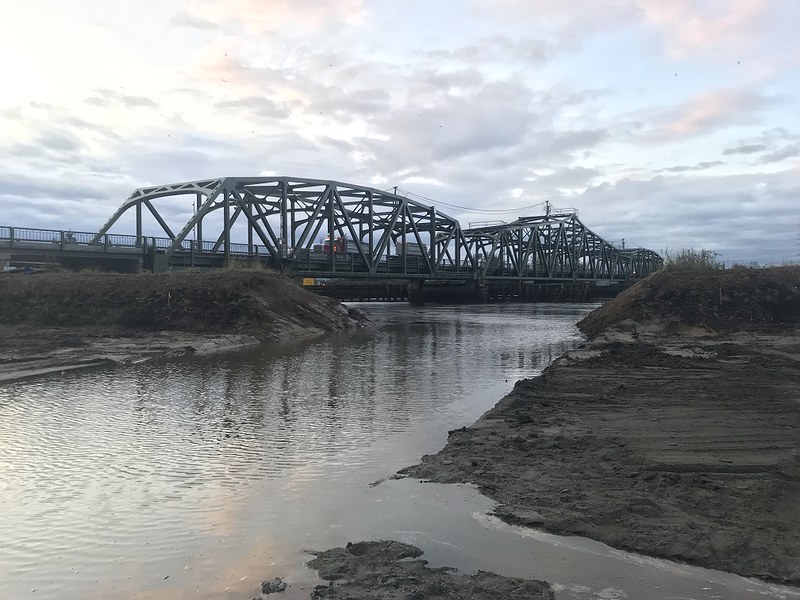
SR 529 Estuary Restoration Helps Salmon Recovery, Future Projects
Declining salmon populations in Puget Sound and the Pacific Ocean means less food for orcas in local waters, and it has taken a toll on local fishers as well. For many years, the Washington State Department of Transportation has been replacing culverts that block fish passage under highways. To date, WSDOT has completed 330 fish passage projects, improving access to more than 1,000 miles of breeding ground and habitat upstream for salmon and other fish.
Recently, WSDOT restored an estuary at Steamboat Slough, north of Seattle, which was filled in decades ago during the construction of State Route 529 and Interstate 5. Back then, in the 1950s, salmon were more plentiful and people didn’t understand the important role estuaries played for juvenile salmon and other marine life.
The 12.5-acre saltwater marsh estuary provides a “nursery” for young salmon where the Snohomish River meets the Puget Sound. It gives them a place to grow, feed on marine life that flows through the estuary, and hide from predators until they are ready for life in the ocean.
Restoring this estuarine environment serves another purpose: It provides advance mitigation for future transportation projects. In 2021, WSDOT will need to fill in about 2.5 acres of wetland to extend a high occupancy vehicle lane on I-5 and add connecting ramps between I-5 and SR 529 near the Steamboat Slough. The project will improve mobility in an area that has experienced explosive population growth. The restored estuary more than compensates for the transportation project’s effects on the wetlands.
It’s all part of a balancing act we frequently deal with – meeting the needs of people while preserving the natural environment, or in this case restoring it. Sites like these do both.
Read additional stories from this state:
- Alaskan Way Viaduct Replacement Program
- Colman Dock Rebuild to Ensure Continued Operation and Multimodal Access
- I-90 Snoqualmie Pass East Keeps the Economy Moving, People and Wildlife Safe
- North Spokane Corridor – A Practical Solutions Approach to Spokane’s Transportation Future
- SR 520 Corridor Program Ensures Safe, Reliable Transportation Connections for All Users


